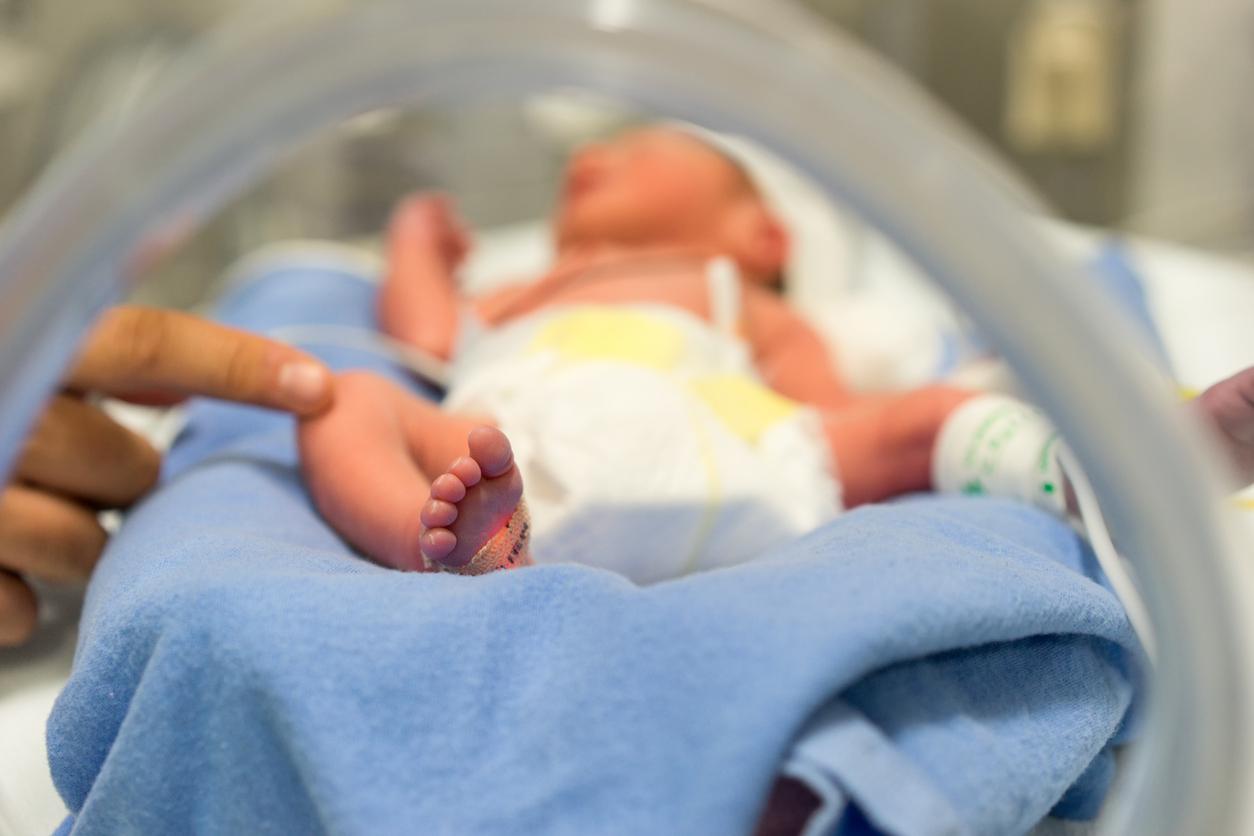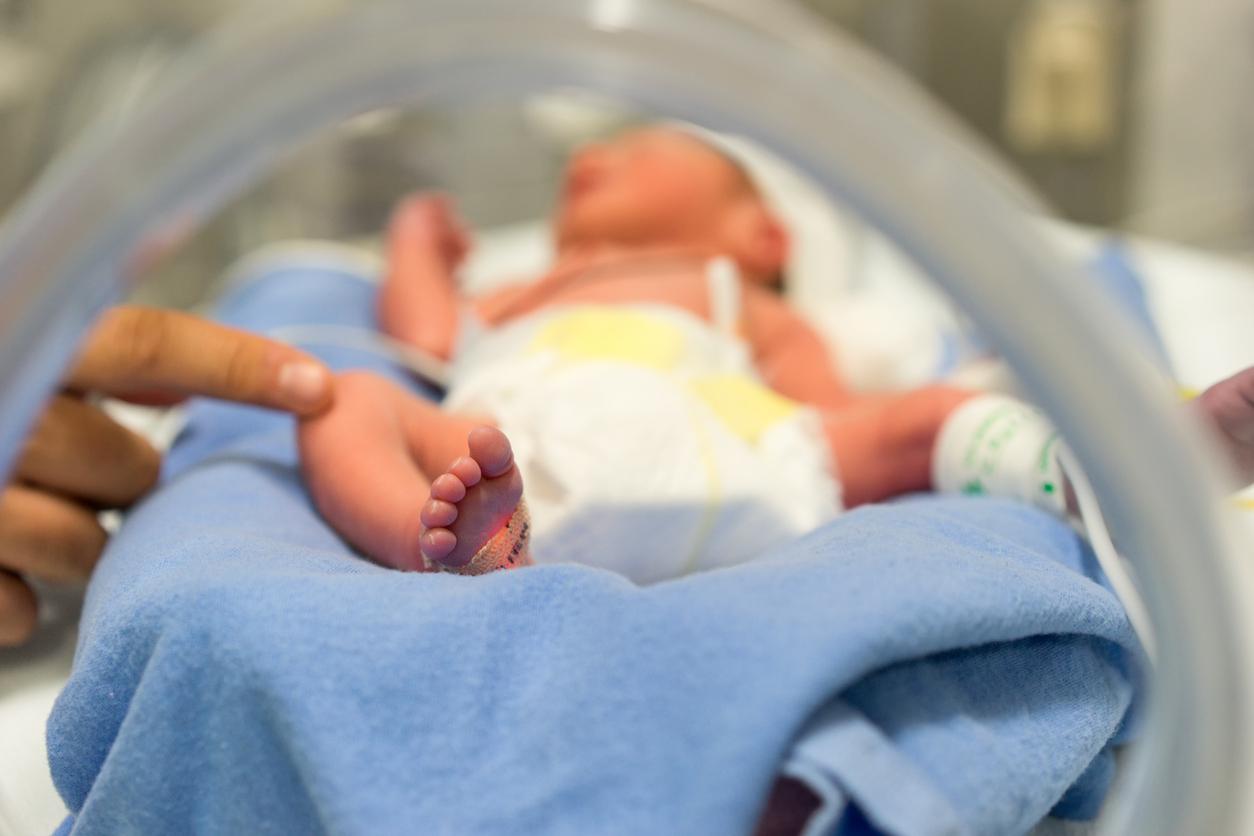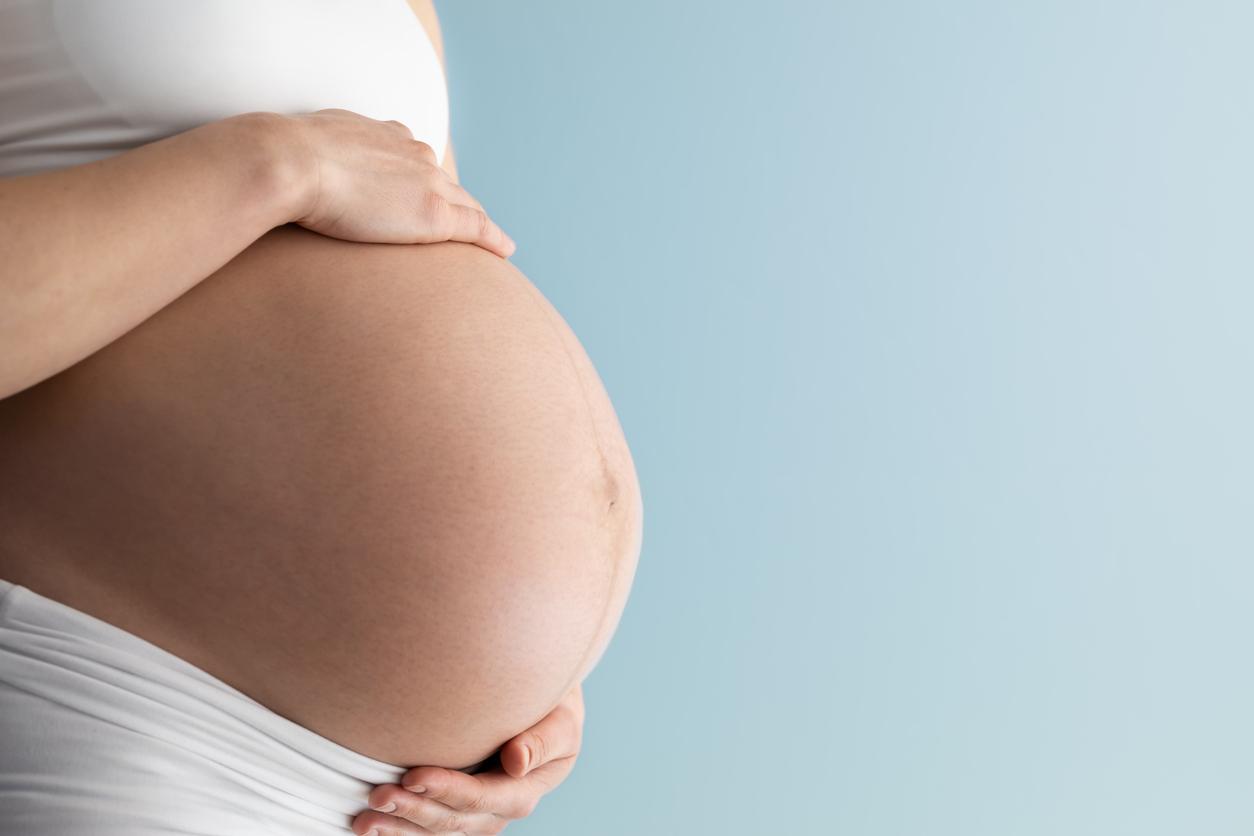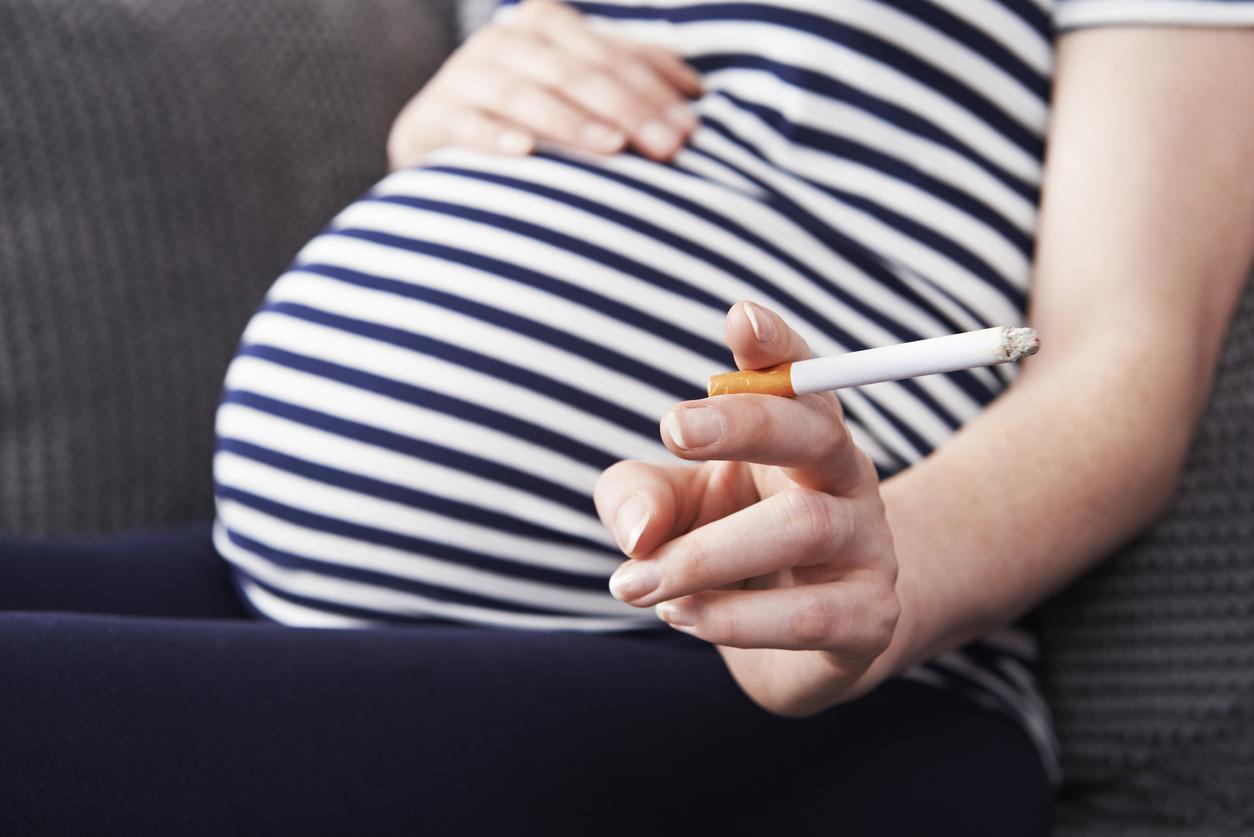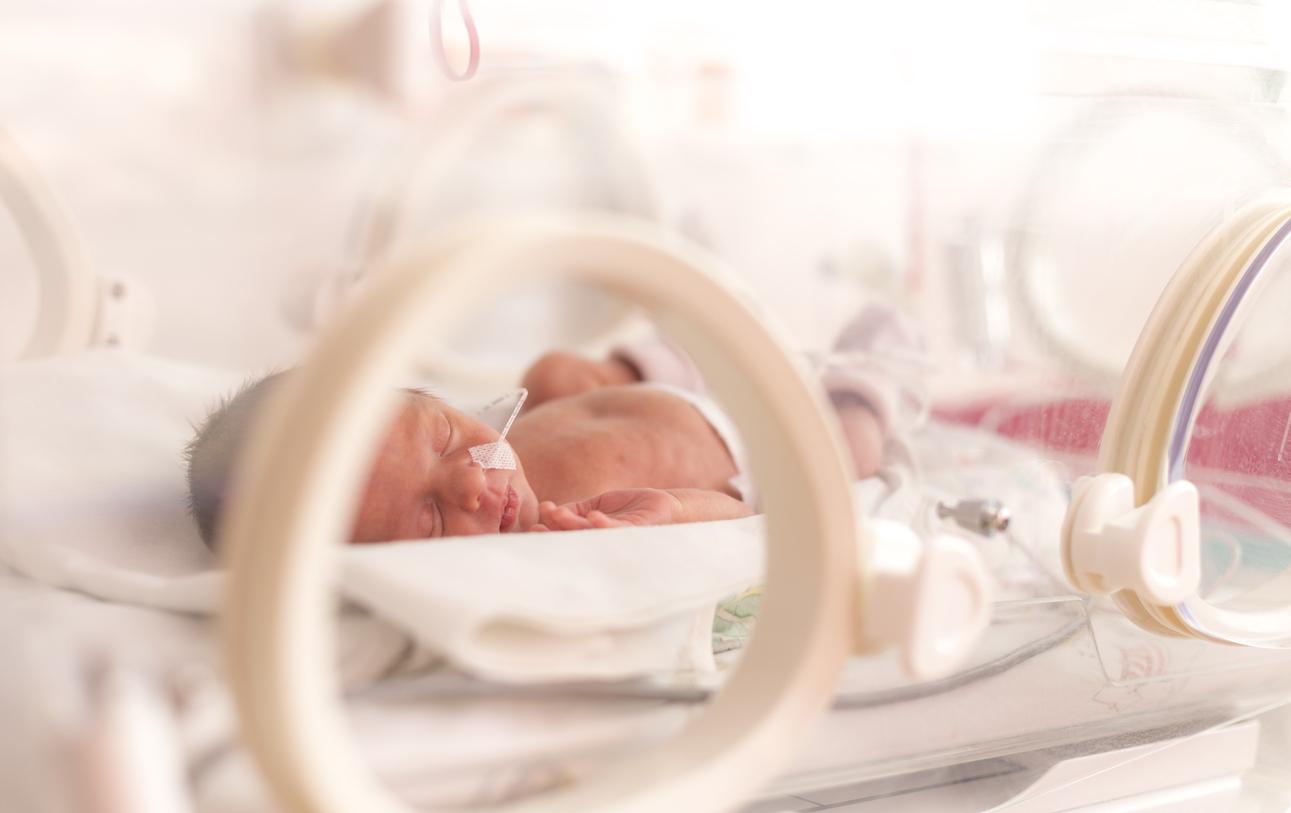On the sidelines of the medical ethics case raised by the care provided to a very premature infant at the Poitiers University Hospital, a recent study has highlighted the risks associated with decisions to stop treatment.
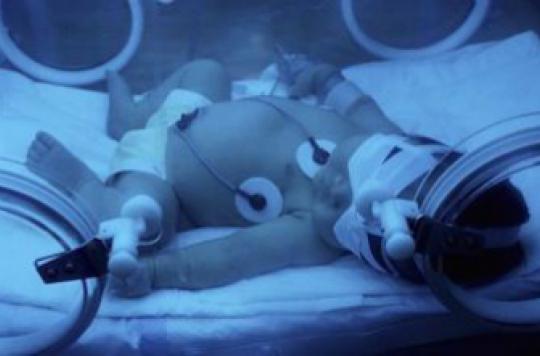
Around 10,000 children are born each year in France who are very premature. A little more than 1% of so-called “live” births thus occur before the 33-week limit of amenorrhea. A period of high risk for developmental disorders as recently shown by the results of the first Epipage survey.
Carried out in 1997 in nine French regions with a representative population of more than 2,300 very premature babies, this unprecedented study in France made it possible to learn more about the future of these children. Depending on the gestational age, the chances of survival varied greatly: from 0% to 97% between 22 and 32 weeks. In the case of a premature baby born at 25e week of pregnancy, like the baby placed in intensive care at the Poitiers University Hospital, the prognosis is 50%. While the parents of this newborn have denounced a certain “Therapeutic relentlessness” medical teams, the Epipage study reveals that of all the deaths, half occur after a medical decision to limit treatment. Hence the caution of the medical team of the establishment who kept the child in intensive care, preferring ” take a step back so as not to make a decision too quickly in a strong emotional context ”. By the age of 5, four in ten premature babies had a motor disorder, intellectual delay, or sensory impairment, compared to 12% in study control babies born at term.
More difficult schooling
Even in children born free from any disability, behavioral difficulties, fine neurological and learning disorders were found to be common. At the age of 8, almost all of the children followed were in school, 95% in regular classes. But among the latter, 18% had repeated at least once against 5% of children born at term. For the team of INSERM researchers who carried out this work, “These results highlight the problems of care at the birth of these children, but even more so the monitoring and evaluation needs of the interventions proposed during early childhood”.
.







